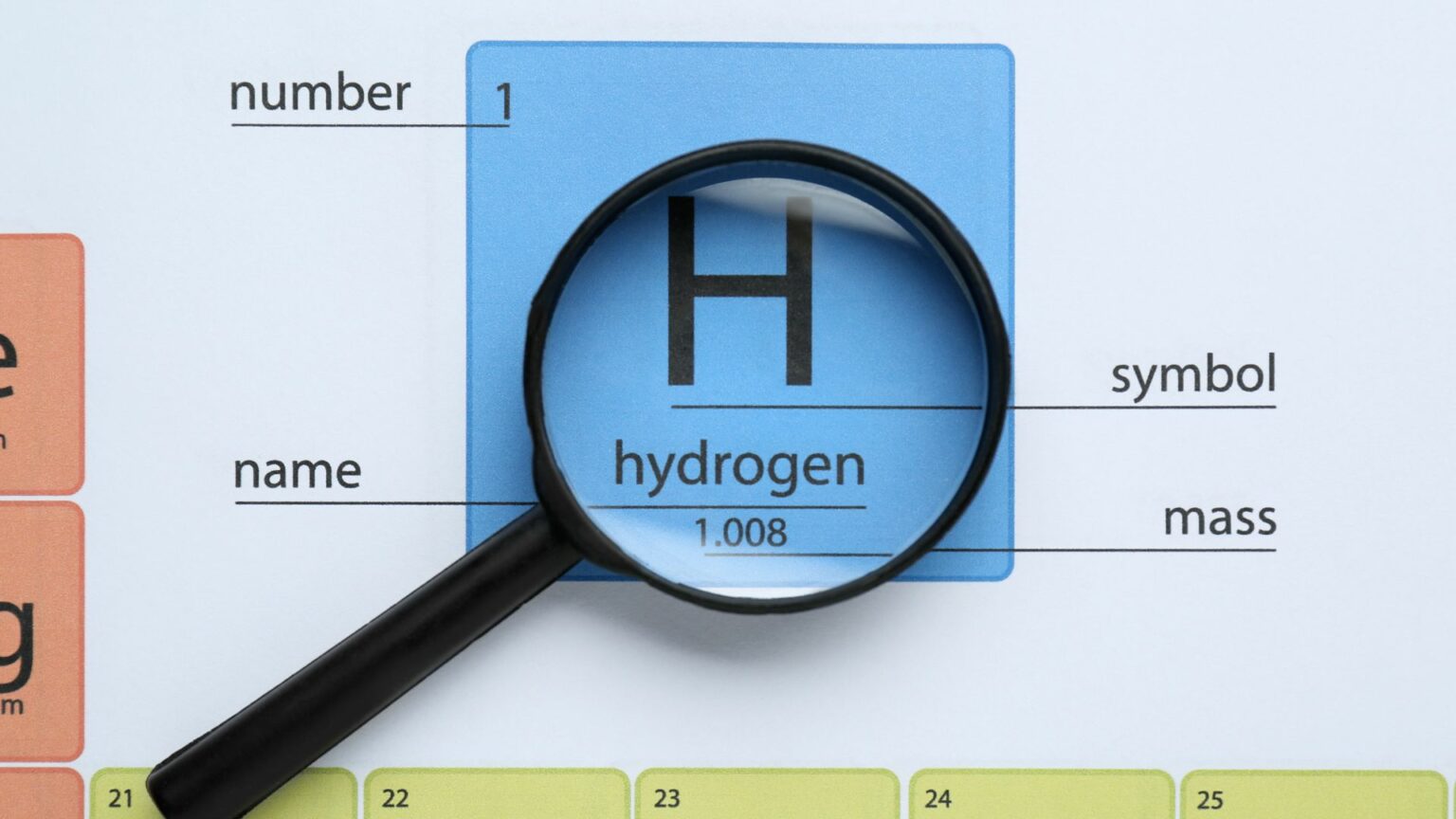Estonia’s Environmental Investment Centre (KIK) has allocated €26.7 million in funding to green hydrogen projects led by Eesti Energia and Elme Messer.
Eesti Energia’s project, which focuses on using green hydrogen in the transportation sector, and Elme Messer’s plans for hydrogen production for the chemical industry, both underscore a commitment to renewable energy. However, the broader implications of these projects—both in terms of technical feasibility and long-term sustainability—merit closer scrutiny.
Krisli Kõrgesaar of KIK highlights the role of hydrogen in Estonia’s transition to renewable energy, particularly emphasizing the country’s advantageous wind conditions. Yet, the narrative around green hydrogen often overlooks the current technological and economic challenges associated with its production and deployment. While hydrogen has potential, its role in the energy transition should be carefully evaluated against more mature renewable technologies like wind and solar power.
Producing hydrogen through electrolysis, especially when powered by surplus renewable energy, aligns with Estonia’s goal of achieving 100% renewable electricity by 2030. However, this optimistic outlook must be tempered by the reality that green hydrogen production is still in its infancy and faces significant hurdles, including high costs, infrastructure requirements, and energy efficiency concerns. These factors raise questions about whether Estonia’s ambitious targets are achievable within the proposed timeline.
Eesti Energia’s plan to produce green hydrogen at the Purtse wind and solar hybrid park and deploy it across various transportation modes—including buses, passenger cars, trucks, and locomotives—represents a bold vision for the future of mobility. The construction of hydrogen refueling stations and portable filling stations further demonstrates a commitment to creating the necessary infrastructure.
However, the transportation sector’s adoption of hydrogen technology is not without its challenges. Hydrogen-powered vehicles, particularly in heavy transportation, face stiff competition from battery-electric alternatives, which are currently more developed and cost-effective. The success of this initiative will depend on whether hydrogen can overcome these barriers and deliver the promised environmental and economic benefits.
Elme Messer’s green hydrogen plant in Narva is another key component of Estonia’s hydrogen strategy, aimed at supplying hydrogen for the chemical industry. The project is designed with scalability in mind, indicating potential for future expansion. Yet, the chemical industry’s reliance on hydrogen as a raw material also introduces complexities, particularly around the integration of green hydrogen into existing processes.
The ability to scale up production hinges on overcoming significant technical and financial obstacles. While the initial investment is a positive sign, the true test will come when the plant attempts to increase production and integrate its output into the broader industrial supply chain. The question remains whether this project can achieve the necessary scale to make a meaningful impact on the industry.
